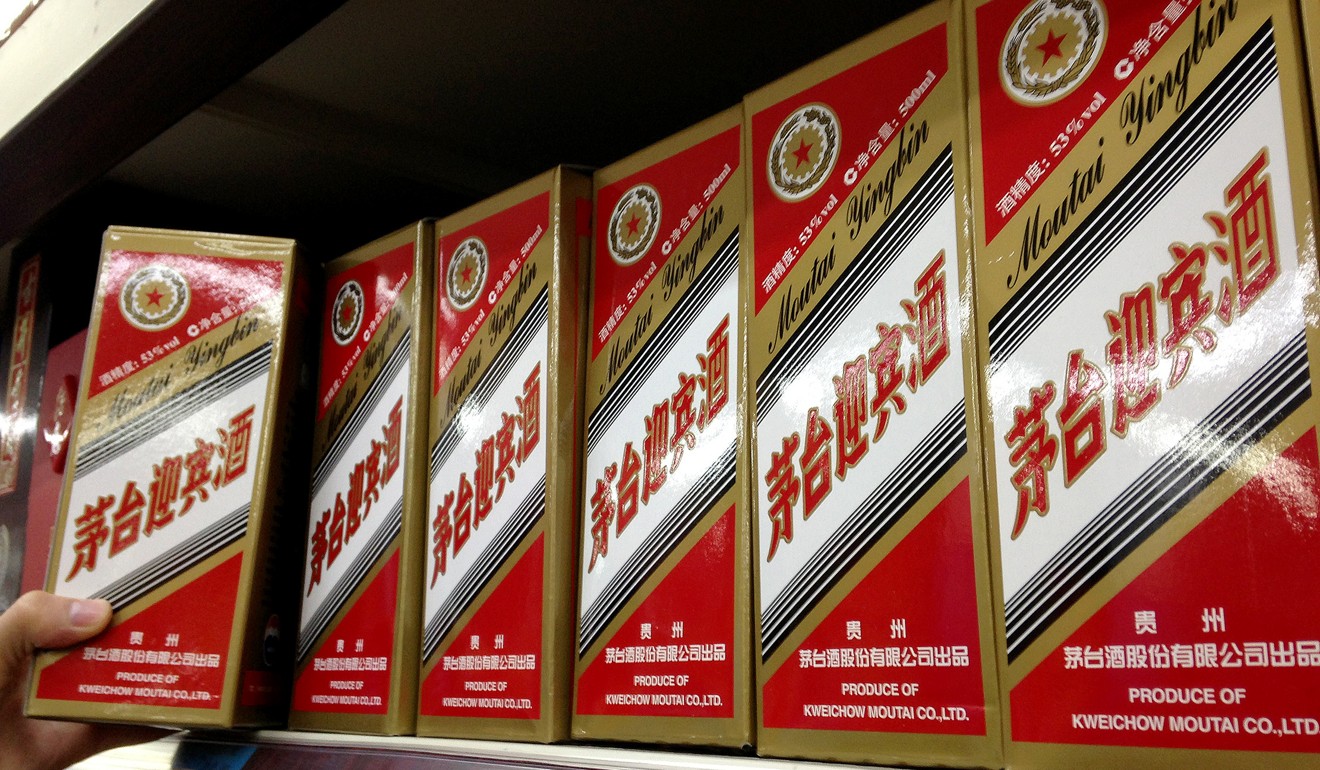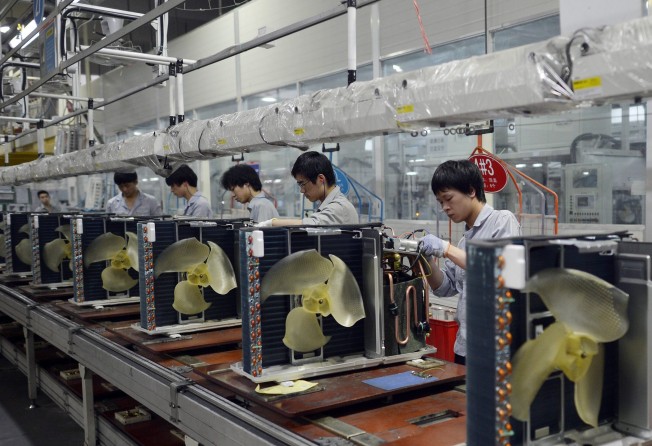
China’s big-caps diverge most against peers as traders ignore top analysts’ forecast
Mainland China’s two gauges of larger companies have traded at the highest levels relative to the benchmark Shanghai Composite Index on record this year

Traders are taking China’s big-cap shares to the most extreme divergence against the rest of the market on record.
The enthusiasm for the biggest players in industries ranging from home appliances and brewery to insurance has extended into 2018, as companies including Gree Electric Appliance and Wuliangye Yibin maintained their outperformance by topping the ranks of gainers. As a result, the CSI 300 Index and the SSE 50 Index, the two major gauges of mainland-listed larger companies, now trade at the highest levels relative to the benchmark Shanghai Composite Index, according to data compiled by Bloomberg.
So far, investors are not buying the prediction made by top-ranked strategists from Haitong Securities and Bocom International Holdings, who had forecasted at the end of last year that the big-caps’ outperformance would be less conspicuous in 2018, with more mid- and small-cap shares joining the rally.
Hengsheng Asset Management says big companies are still cheaper than their global peers and they would enjoy more premiums amid constant institutional fund inflows, while Shanshan Finance predicts the rally would continue until the first half of the year as smaller firms are still on course to squeeze out the bubble.

The CSI 300 is valued at 14 times estimated earnings and the SSE 50 at 11 times, compared with the multiple of 17 times for the MSCI All Country World Index, according to Bloomberg data.
Foreign investors and insurance firms are the two major sources of new fund inflows and they would focus their buying on companies that are the industry leaders and have pretty solid earnings outlook
The two big-cap indices have advanced at least 5.7 per cent this year, beating the Shanghai Composite’s 3.9 per cent gain. Gree Electric and developer China Vanke are among those leading the gains, rising more than 20 per cent. Fiery liquor distiller Kweichow Moutai briefly hit 1 trillion yuan (US$155.4 billion) in market value this week, becoming the first mainland-listed consumer company to reach the hallmark.
The strength on big-caps also helped the Shanghai Composite to almost break a 25-year record in the number of consecutive days of gains. The gauge rose for 11 straight days through Friday, capping the longest such streak since May 1992.
Investors should stick to larger companies at least until the end of June, as the enforcement of stronger supervision against the financial markets could raise their wariness for high-flying smaller firms, according to Wu Kan, a fund manager at Shanshan Finance.
“Small-caps have squeezed some of the bubbles but that’s not sufficient yet to attract buying,” he said. “Relative cheapness and secure earnings outlooks are what the market looks for now.”